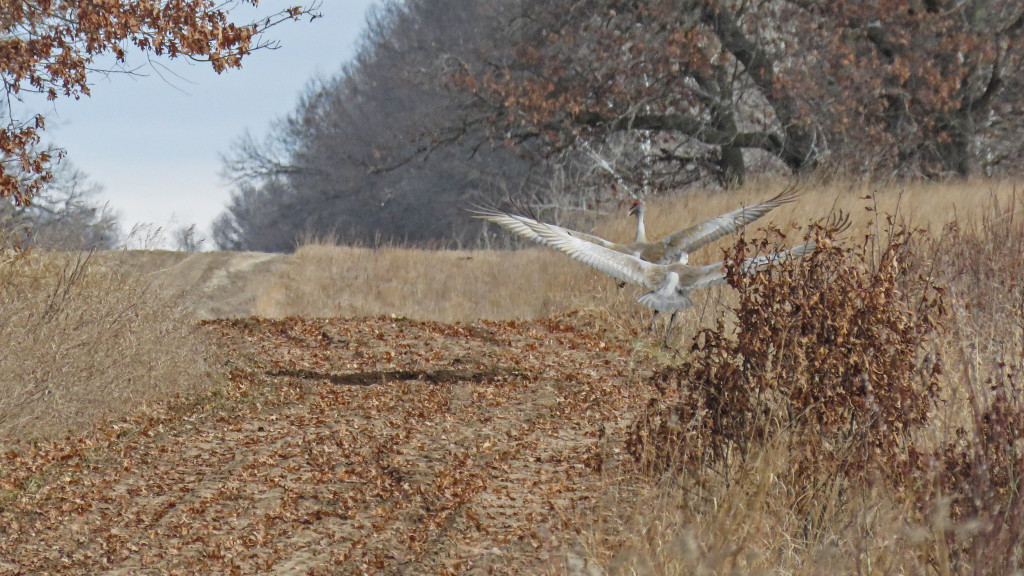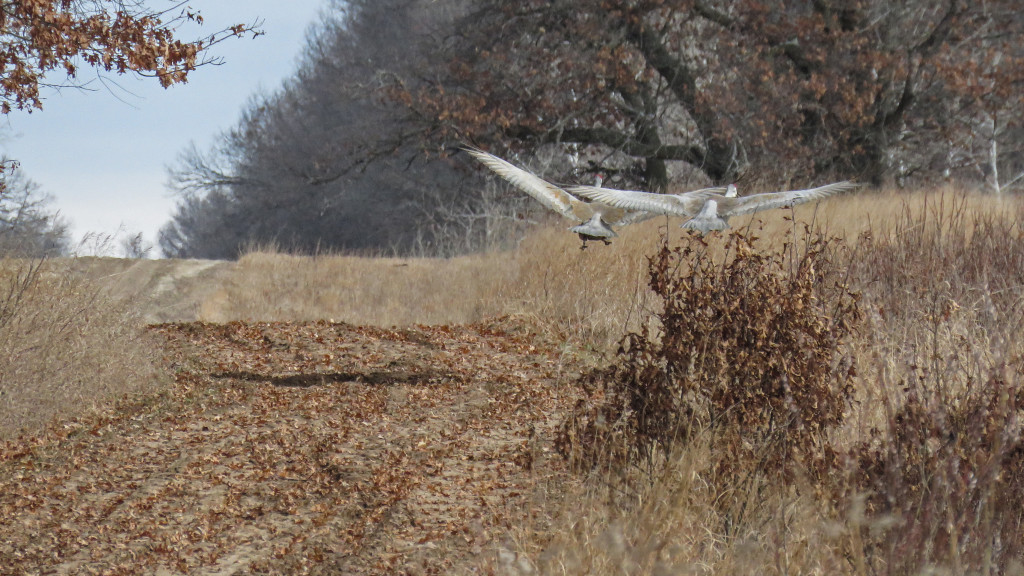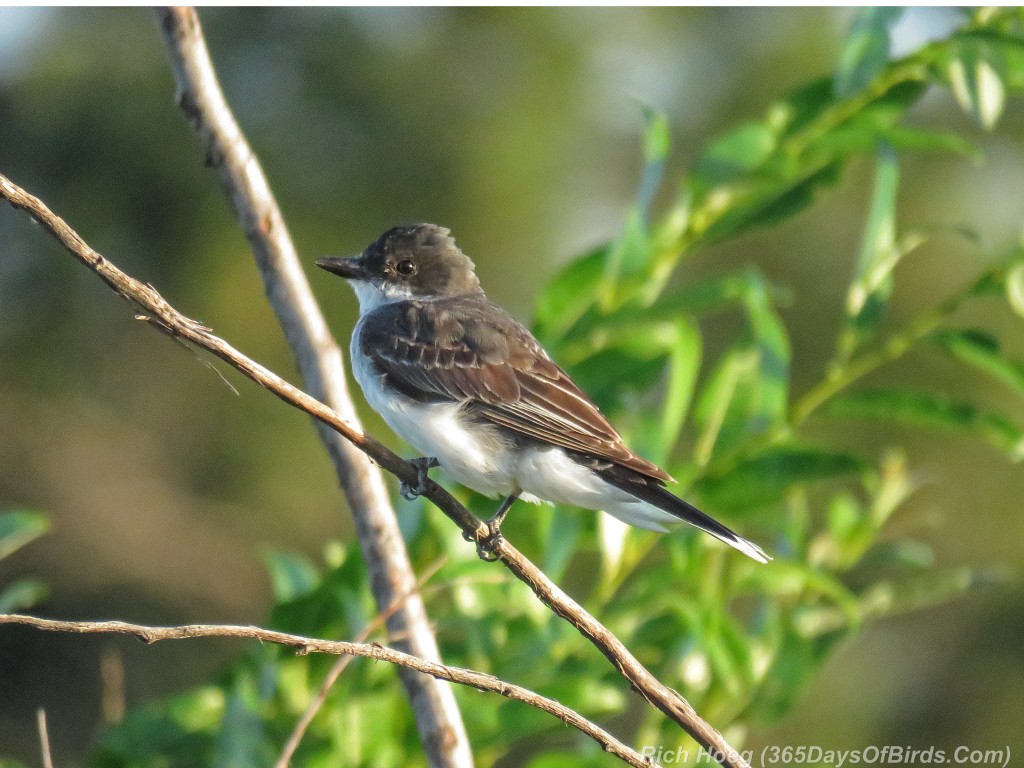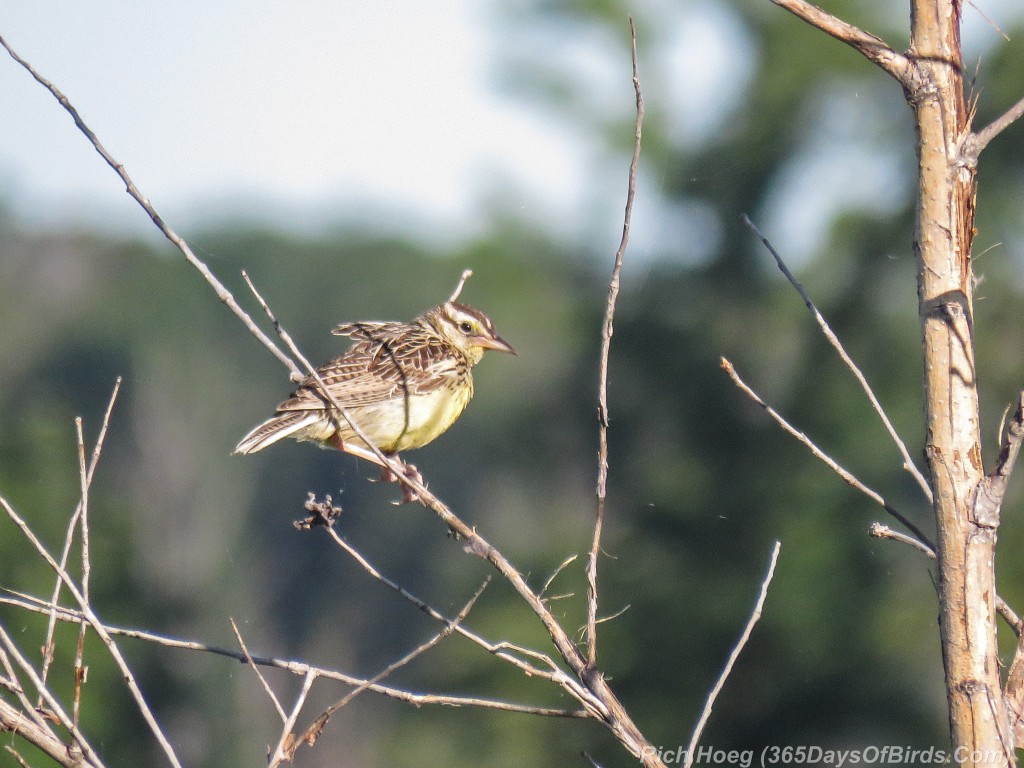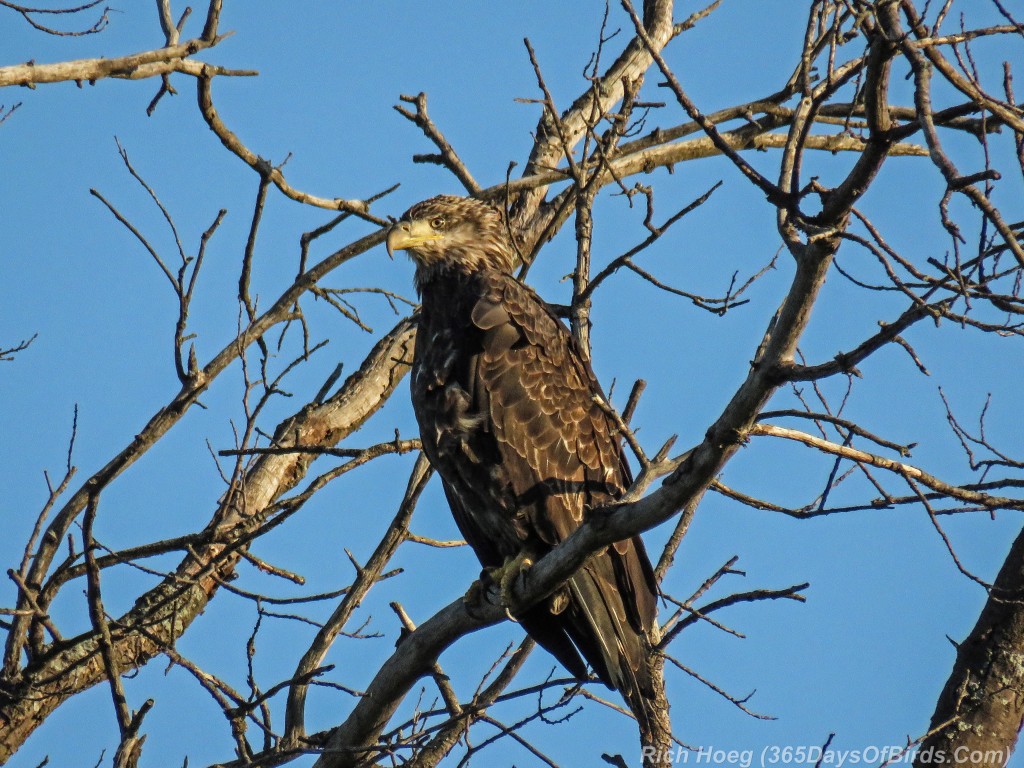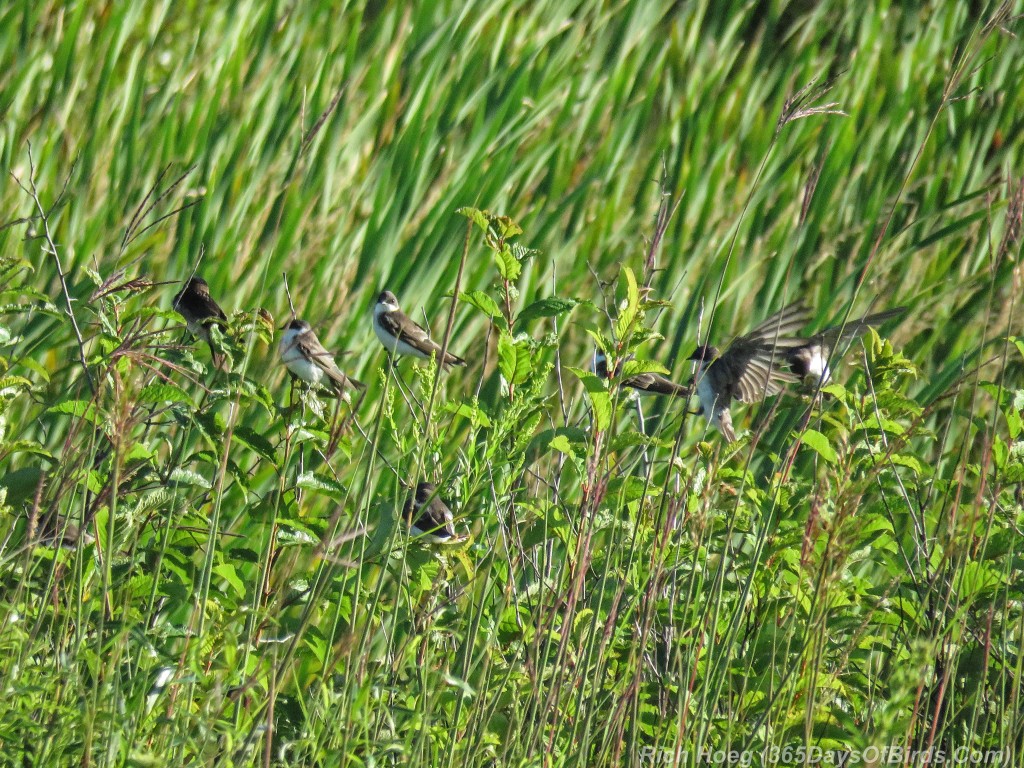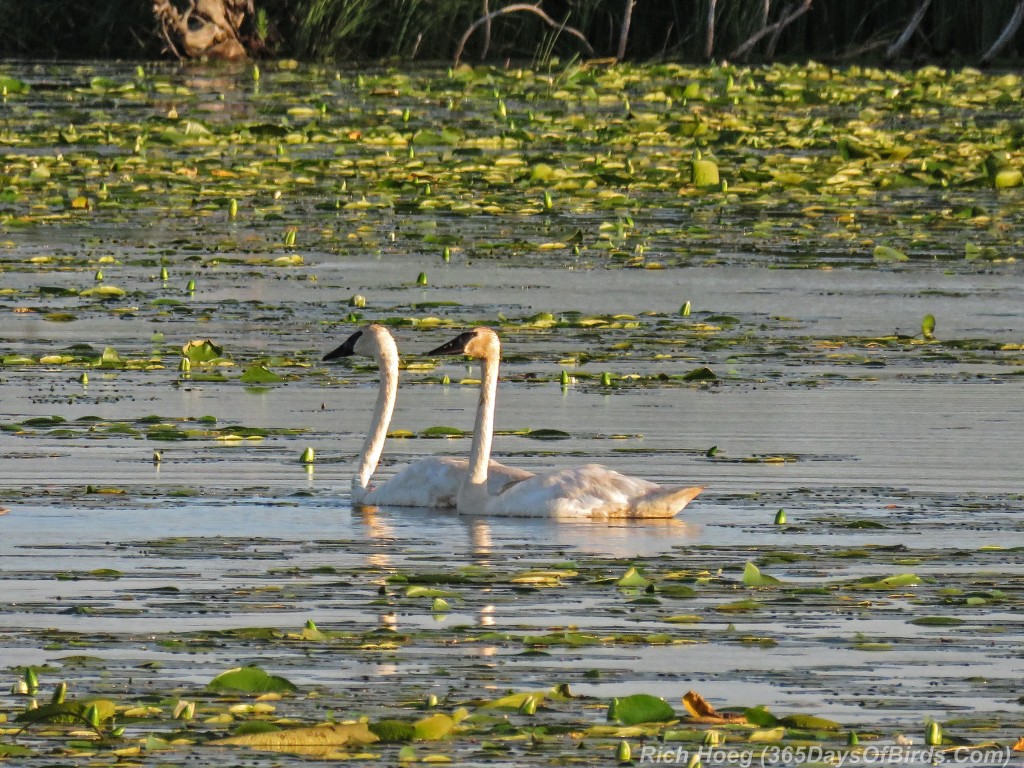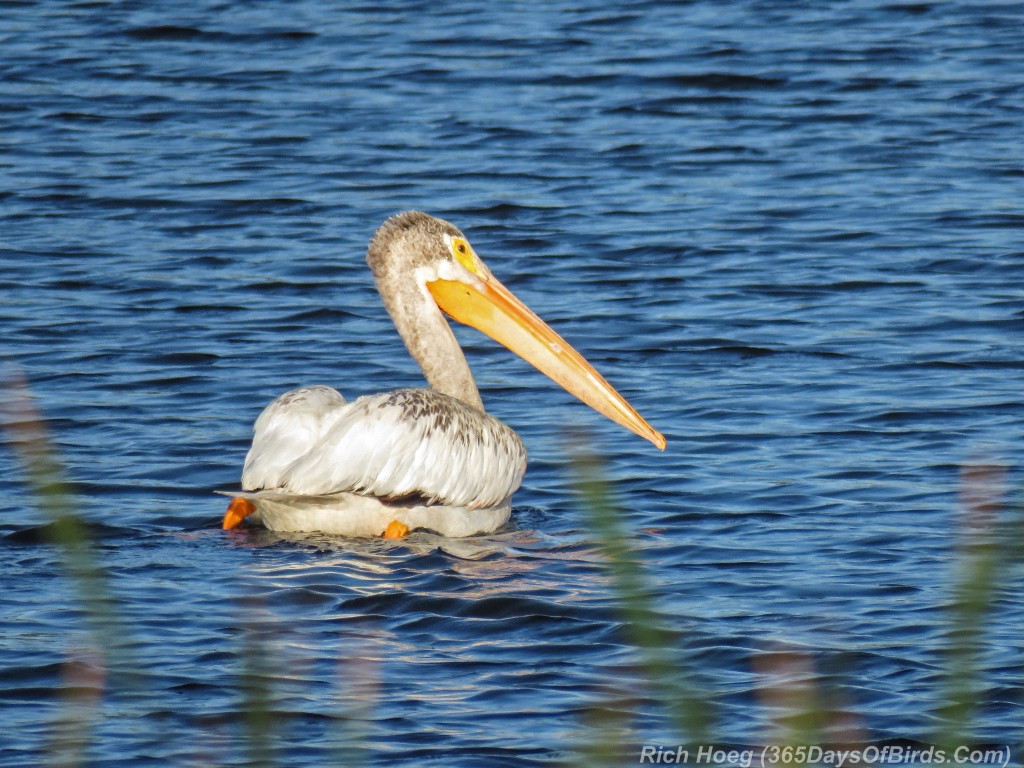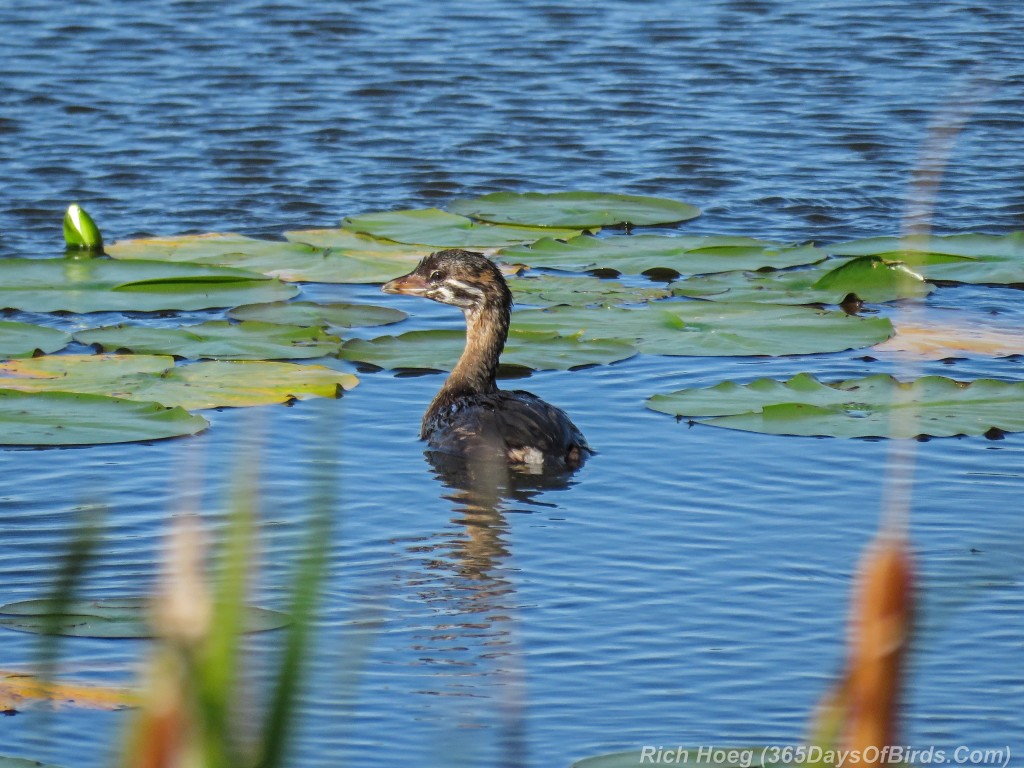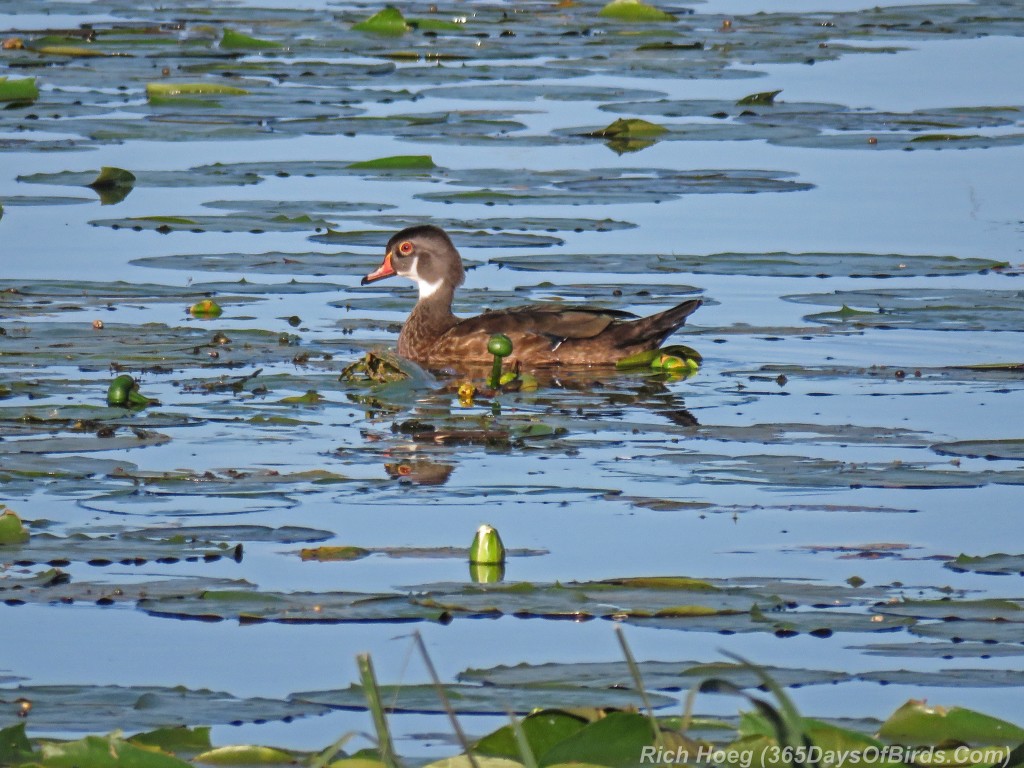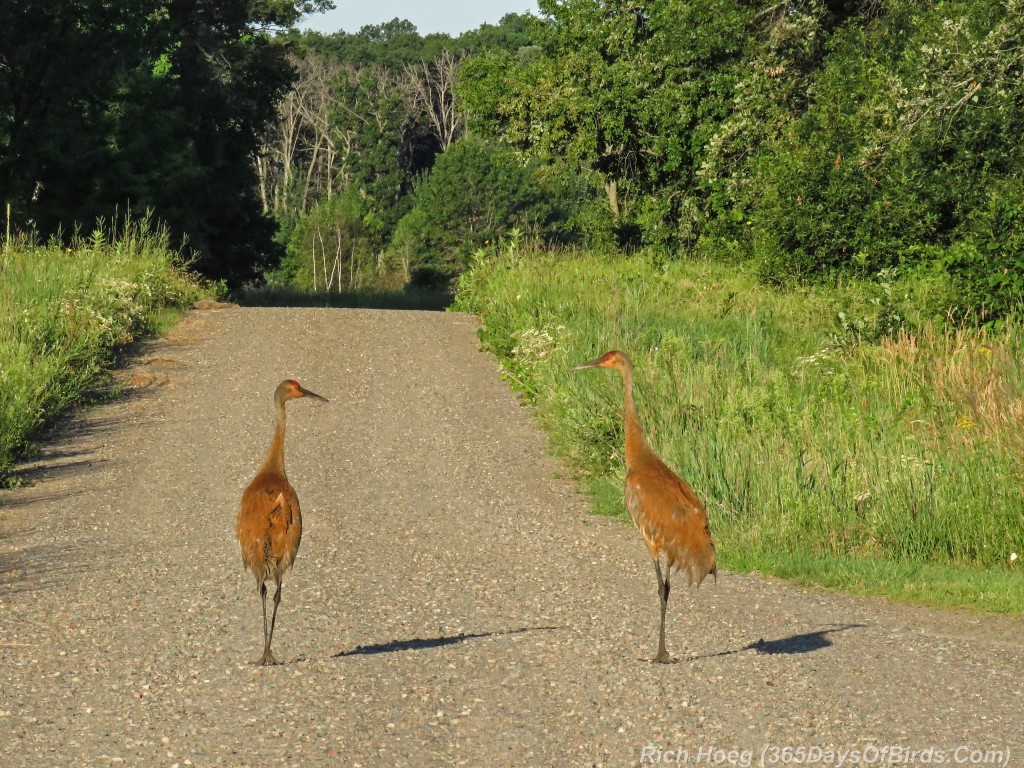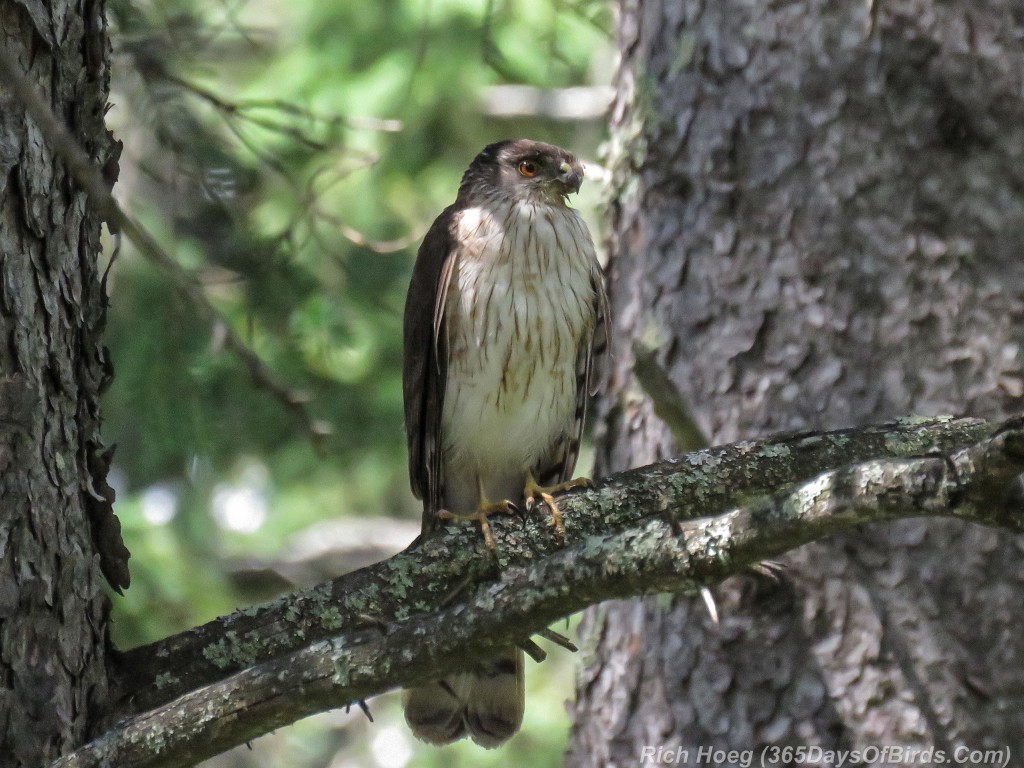The classic bird photograph attempts to capture a bird’s eye with the plumage glistening in the early morning (or late afternoon) sunlight. As photographers were live for the golden hour when the sun’s soft light enhances our subject matter, but sometimes rules demand to be broken!
This past weekend I went south to visit spring! (and attend my granddaugher’s birthday party). Thankfully all the festivities left plenty of time for hikes in the woods, both in the Minnesota Valley National Wildlife Refuge, and the Sherburne National Wildlife Refuge. It was fantastic to hike on dry, snow free trails with open water in the streams and ponds. Given the snow and ice found near Duluth, the early spring migration is stalled out 200 miles to my south. Here are two photographs I took during my hikes, along with explanations as why they break the rules!
A Pileated Woodpecker flew up into an oak tree and presented me with its silhouette. While not a “classic” image, and one can not see the bird’s eye or a single feather, this is one of my favorite pictures I have taken recently. Photography should be art, not just recording the scene.
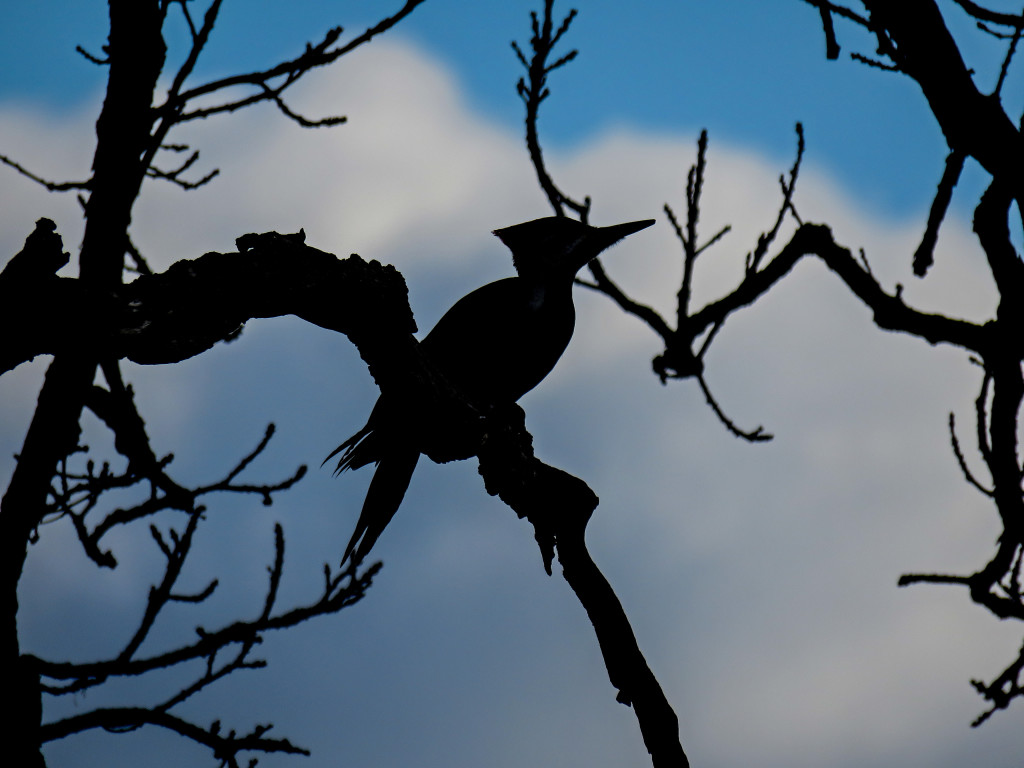
———-
After watching the courting dance of two Sandhill Cranes, they finally took flight to find some privacy for their romantic endeavors. In this image, the two birds are just one part of the early spring scene … thus there is no need to have them featured centrally to the photograph. In this case, I actually utilized a wide angle crop to move the cranes a bit further to the side of the image, which tends to go against the rules!
